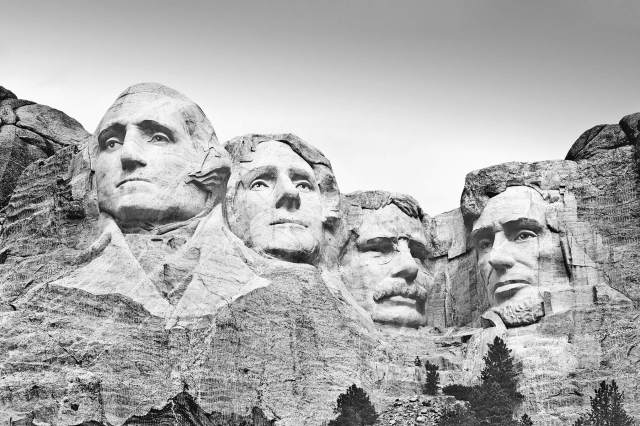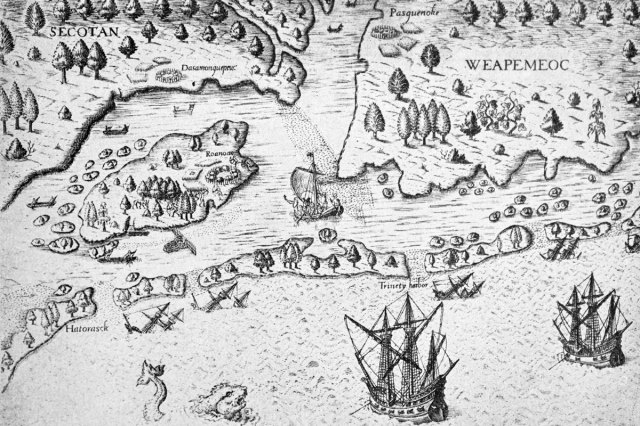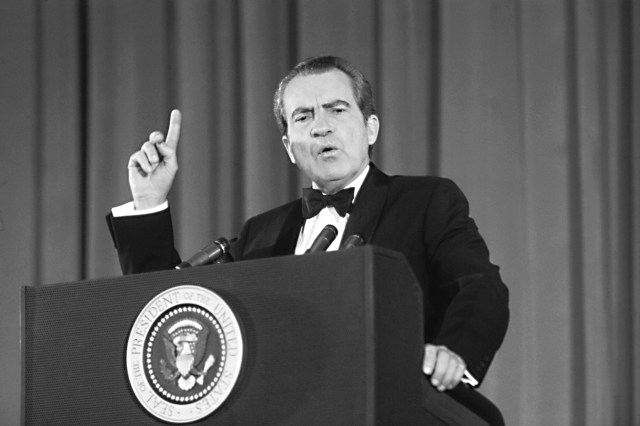The Statue of Liberty’s torch was damaged in an explosion during World War I.
For nearly 140 years, the Statue of Liberty has been an inspiring symbol and a beacon of hope for those seeking a new life. But many don’t realize that the iconic landmark was also a victim of one of the largest sabotage attacks in U.S. history. In the early hours of July 30, 1916, two years into World War I, German saboteurs blew up a munitions stockpile on New Jersey’s Black Tom Island, not far from Lady Liberty in New York Harbor. The resulting explosion was the equivalent of a 5.5 magnitude earthquake, and tossed shrapnel far and wide. Although most of the statue survived the attack, Lady Liberty’s torch wasn’t so lucky. Before that destructive night, tourists could actually go inside the torch, but after the structural damage caused by the explosion, authorities permanently closed the torch to visitors (and replaced it entirely in 1985).
It might seem strange for the U.S. to be the target of an attack many months before even entering World War I, which it joined in April 1917. But since the beginning of the war, America had funneled food, supplies, and weapons to Allied powers, including Britain, Italy, and Russia. Hoping to curtail the United States’ support, Germany inflicted an estimated $500 million in damages (in today’s dollars) with the attack, while causing little loss of life. Unlike the bombing of Pearl Harbor, the Black Tom explosion didn’t drive the U.S. to join the First World War right away. It wasn’t until British operatives intercepted the Zimmermann Telegram, a German message to Mexico offering it U.S. territory in exchange for its support in the war, that America finally joined the fight.













